Search Posts
Recent Posts
- The Long Goodbye January 18, 2024
- Once More Around the Mulberry Bush January 9, 2024
- The Wash December 28, 2023
- The Truth About Carver Dogs December 1, 2021
- The Question of Pain November 9, 2021
Categories
Subscribe!
Thanks for subscribing! Please check your email for further instructions.
Once More Around the Mulberry Bush
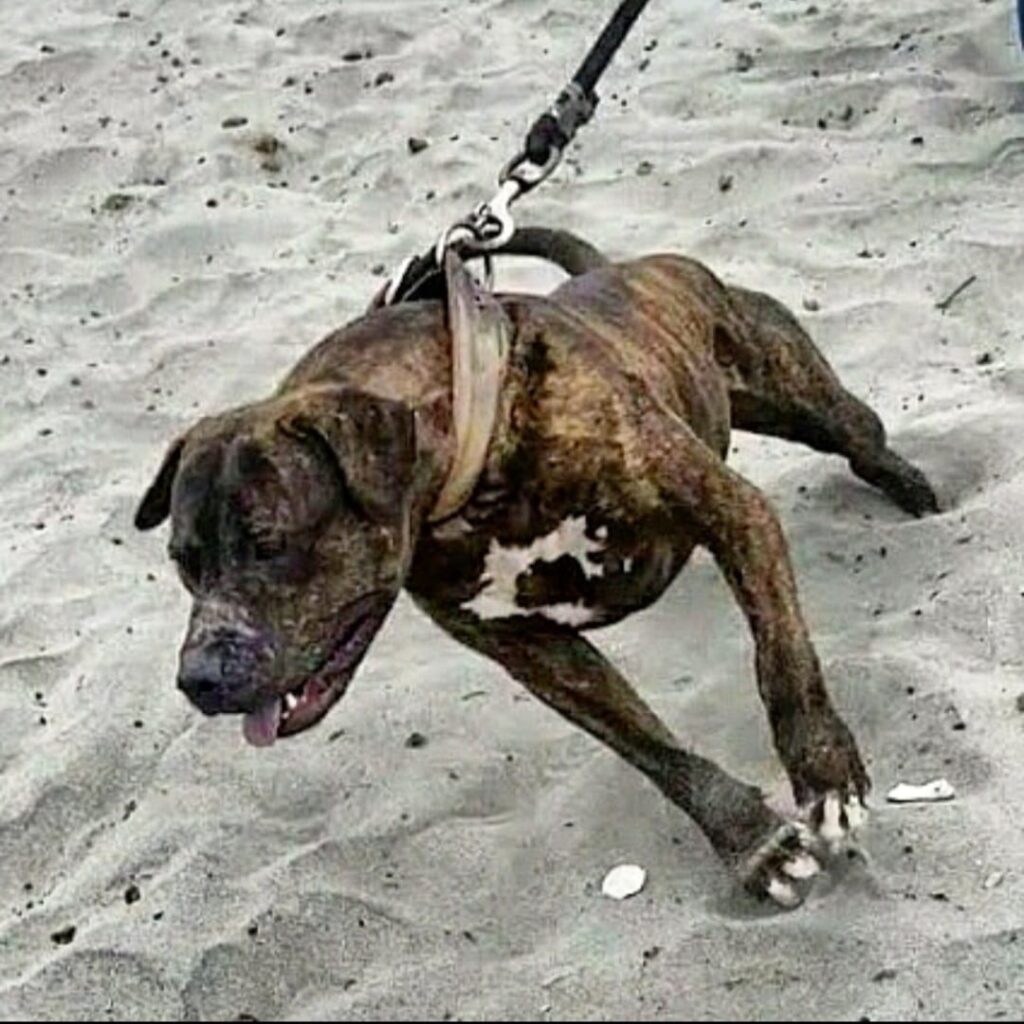
Readers of my books will recall that I put forth the idea that our breed was the closest dog breed that was still extant to the original old Bulldog. I remember with pleasure that everyone loved the first book, This Is the American Pit Bull Terrier, published in 1976, and it eventually became the best-selling book for the publishers, so naturally they were quite amenable to more books. Everyone was impressed because it was the first published book on the breed since the Denlinger book in 1947, and that book wasn’t bad for its time, but it still was just a hash of writings taken from various sources with a few pictures. My book made quite an impression, and I was pleased by the compliments, and one guy even sent a cap, with a note: “I take my hat off to you, Mr. Stratton,†and I still have that cap.
Nevertheless, there were some comments that it was quite controversial because of the breed origin I had proposed. Even my old mentor, Bob Wallace, expressed some reservations about that aspect of the book. I was surprised about that because he was one who would question a lot of things. But it was as though it were gospel that I was calling into doubt with that subject.
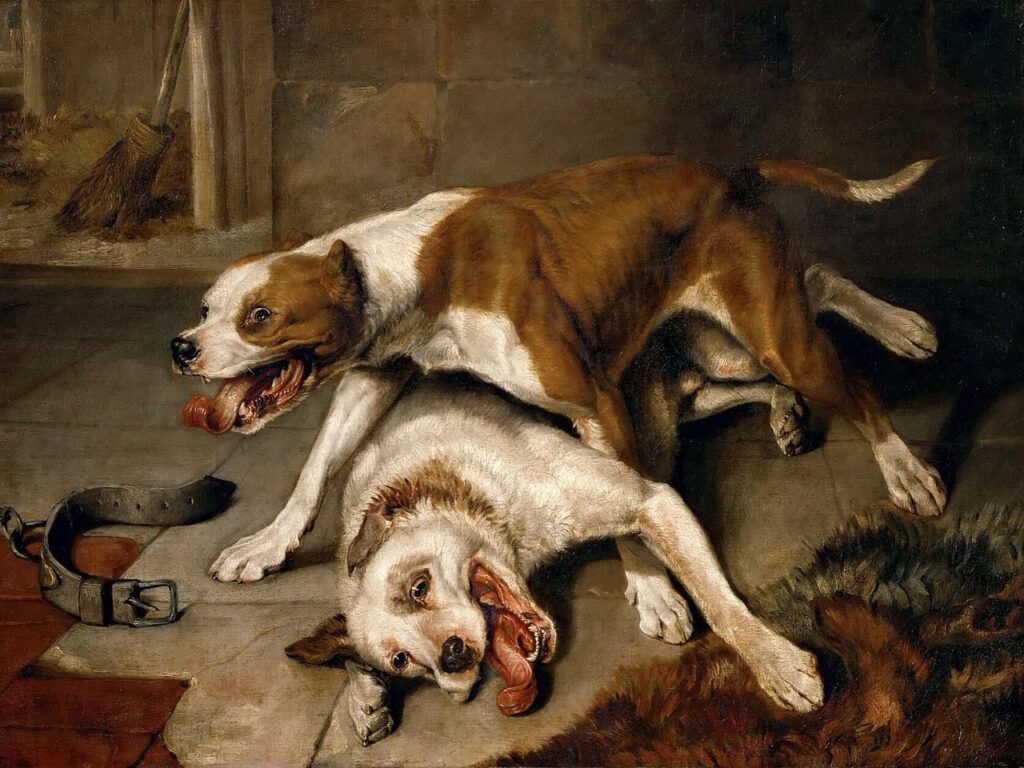
And it wasn’t even a completely original idea. Bob’s old friend, Howard M. Hadley, a wealthy and scholarly dog man I’d met before Bob, had opined that the breed was the closest thing to the original Bulldog. A later friend of mine, Colonel Wilbur Barnes, had a collection of original editions of dog books from the 19th century, and he allowed me to peruse them in detail. There was the story of the Hink’s crossing of a Bulldog with a terrier, and the idea was that the Bulldog would provide the gameness, while the terrier would provide the agility. Since I had examined artwork four hundred years old that portrayed dogs that looked just like ours doing the same thing our dogs do, I couldn’t see the necessity for the cross. Nevertheless, I accepted the story as the origin of the Bull Terrier. (To be clear here, I’m talking about the show Bull Terrier.)
But in the 19th century books I was perusing, the terms “terrier†and “Bulldog†were used sometimes interchangeably. A terrier was supposed to be a small dog, used mainly to control vermin, such as rats. Since in the 19th century, only the landowners and royalty were allowed to hunt, the terminology may have been a matter of convenience. I think it is telling that the Irish, nearly always poor, called their dogs “Pit Terriers.†Such dogs would not be illegal, since they would be for controlling vermin and maybe for rat killing contests. The Irish dogs were nearly always small, as noted in dogs that Colby got or bred to that were owned by Irish immigrants. But they sometimes produced big dogs, as in Colby’s Pincher.
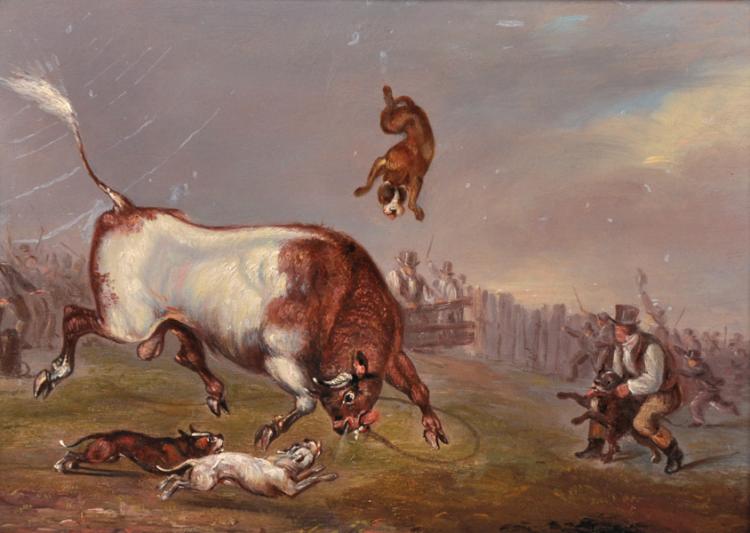
The real mystery was that the name “Bull Terrier†and “Bull and Terrier†predated Hinkley’s cross, as books in the early 19th century used that terminology regarding pit dog contests. It is a real mystery, and the only explanation I have is that the terms were sometimes interchangeable because of the laws regarding hunting. In fact, the Bulldog is sometimes referred to as a hound.
I recently examined the more recent books about the breed. The Dog Pit was published by Richard K. Fox of the Police Gazette in 1888, and the only value I see in the book is its historical perspective. Truth to tell, I’m not very fond of that book, except for that historical perspective. Its main value in my view is the drawing of Cincinnati Paddy, a dog much praised by Armitage. And yes, there were no photographs in the book, just drawings, as was the case with most newspapers of the day. In the early days, boxing and wrestling were illegal, probably from our Puritanic origins. Someone once said that the Puritans opposed blood sports, not so much out of concern for the animals as it was for the pleasure that they gave the spectators. The Police Gazette covered the “redlight district†of sports, from boxing and wrestling to pit contests.
So, how did we get to “Bull Terrier� Other than The Dog Pit, which may not have been read widely, there weren’t many books on the breed. Dog men learned from each other, and there weren’t many of them in those days. But it seems to me that most dog men only used the term “Bull Terrier†in formal writing. In general conversation, they called them “Bulldogs†or pit dogs. Even John P. Colby, who began selling dogs before the 20th century, called them “American Bull Terriers†in his advertisements, but Howard M. Heinzl, a protégé of his, told me that he, too, called them “Bulldogs†in casual conversation.
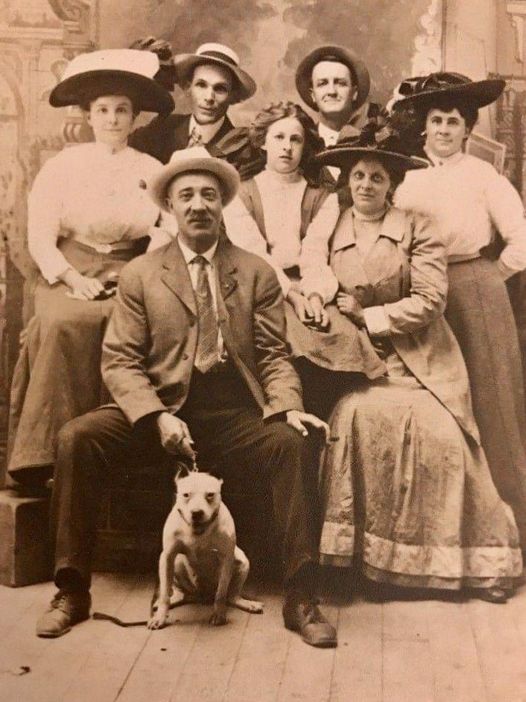
Eugene Glass in 1910 published The Sporting Bull Terrier. He seems like a nice fellow, and he was editor and publisher of The Dog Fancy, a magazine that was referenced by Armitage. He gives a lot of interesting information about the dogs of the time, but he gives the opinion that our dogs are the working version of the Bull Terrier. He even says the show versions are just as game. I think he’s being very diplomatic in this case, but he is clearly wrong about the breeds being the same. But his book and his writings in his magazine were probably the reasons for Armitage and others using the term Bull Terrier in writing. However, in those days, the Bull Terrier looked different from today. Dog men were probably influenced into thinking that our dogs were the working version of the Bull Terrier, and I don’t think many of them were very scholarly, so they didn’t question.
It gets even more complicated for those of us who question things because the Oxford English Dictionary gives the first known spelling of “Bulldog†as “Bolddogge.†We always thought Bulldogs were so called because of their association with bull baiting, and they were sometimes called the “butcher’s dog†because a butcher would often use them as catch dogs to hold the bull by the nose while the butcher dispatched it with a large hammer. But if it had the Bolddogge name even earlier, could it have referred to the fact that the dogs were so courageous and unafraid of large animals? We’ll never know, but I can’t help wondering.
It may be that the breed was known by some other name four hundred years ago, but paintings show them looking just like our dogs and doing the same type of thing, from hunting wild boar to bull baiting, although that was much later, and I don’t think it was common, even though it was much written about.
It also may be true that if you use a dog for fighting to weight with unlimited time, you end up with a dog looking like our dogs regardless. Even though there’s much variation in the breed, they are probably the ultimate type of the ideal fighting dog. So it’s possible that there is not a direct line from those ancient Bulldogs to ours, but it’s the best explanation.
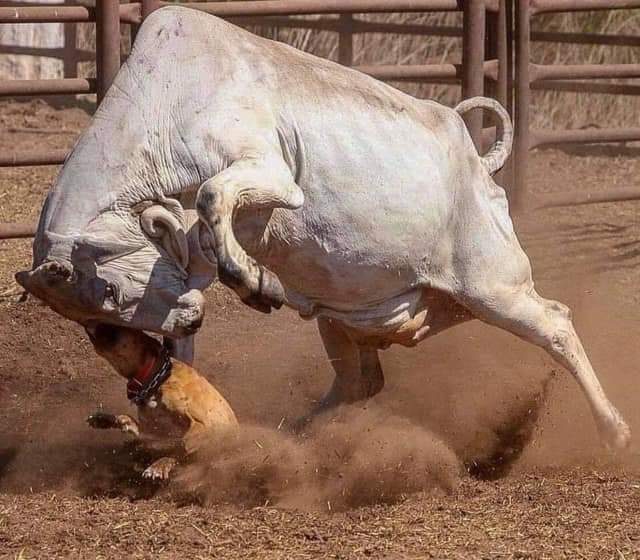
The only reason for even going around the mulberry bush over this again is because some young Internet posters suggested that DNA testing proved I was wrong. But some outfits have taken advantage of the public’s gullibility about DNA sequencing. That technology can be very valuable, as it shows
relationships between individuals, but it can’t diagnose breeds or nationalities. They do it because people are impressed by it, but it’s not solid evidence. Just to check that, Renee Greenwood, ADBA former head, sent in a test on a very well-bred American Pit Bull Terrier, and results came back with all sorts of things in the dog’s background, such as Pointer blood. She was just testing the validity of the tests, so she hadn’t mentioned that it was a purebred dog.
I’m more familiar than most people with DNA sequencing, and I knew all along that the various outfits were guessing when it came to dog breed names and human nationalities. Obviously, it must be so because DNA can’t tell the difference between French and German because the main thing that makes the difference are boundaries on a map. But, once again, DNA sequencing can tell if you are related to your father and if a dog has the parents that it is purported to have.
Some of the young folks have accused me of being offended that my opinion was questioned, and I was surprised by that because I’ve always preached the idea of questioning everything. Skepticism is the life blood of science, and I am a fan of science. So obviously I’m not going to be against that. Question my idea. I don’t mind. But come at me with real evidence.
The dog we call a Bulldog now in our circles would be just as impressive, just as noble, by any other breed name. But it’s fun ferreting out the history.